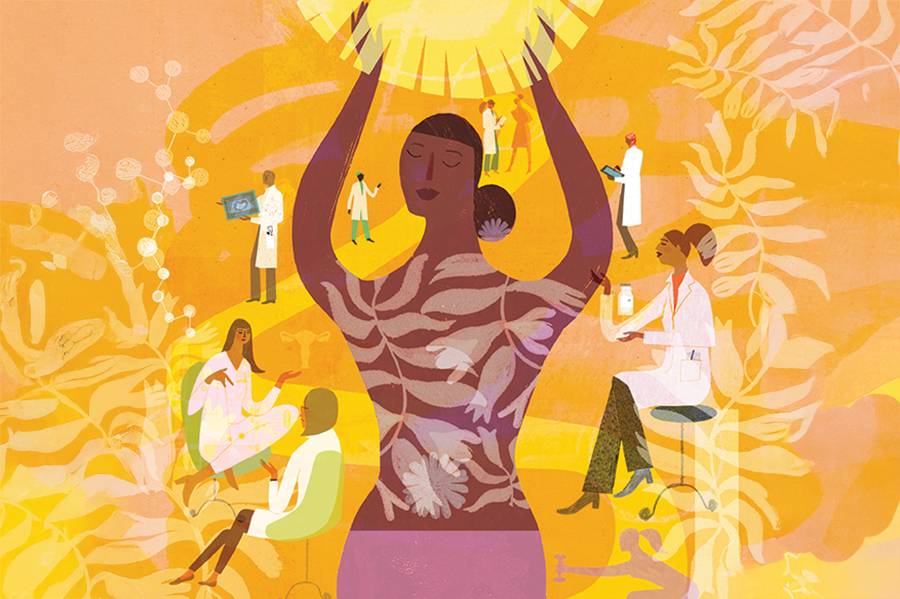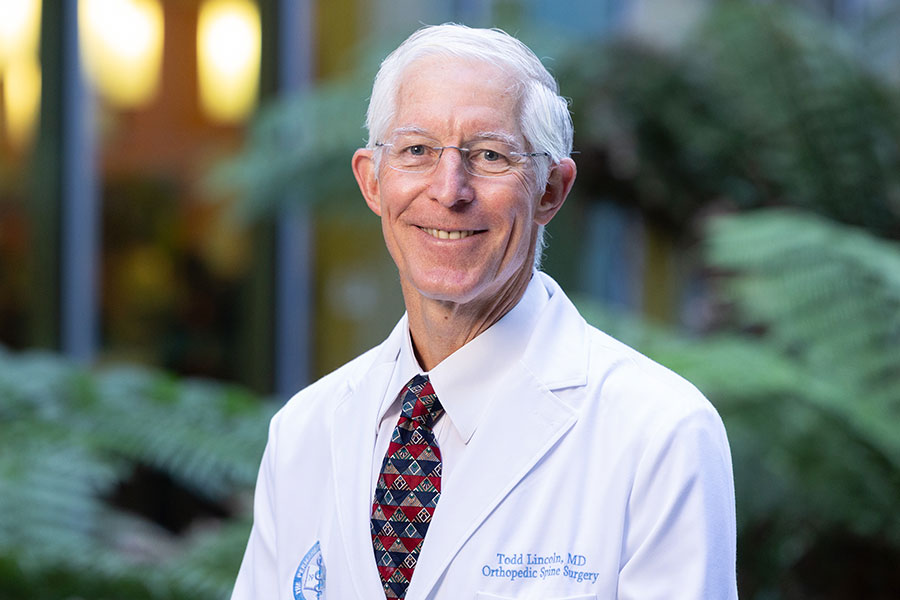The Journal of Oncology Practice—September 5, 2017
By Piyush Srivastava, MD, KP Walnut Creek
Recent advances in medicine, specifically in the treatment of both hematologic and solid-organ malignancies, have made remarkable differences in the lives of patients with cancer, including disease-free intervals and overall survival. For those who are not cured and who are facing the ravages of a life-limiting illness, the experience of death and dying can be long and drawn out and filled with suffering and incremental losses.
Perhaps this is why the right-to-die movement has recently gained force. The most recent jurisdiction to enact a right to-die law is Washington, DC, in February 2017 (Death with Dignity Act) with Colorado enacting legislation in December 2016 (End of Life Options Act) and California in June 2016 (End of Life Option Act). California’s Governor Brown (who signed the legislation) wrote in a statement, “I was left to reflect on what I would want in the face of my own death…I do not know what I would do if I were dying in prolonged and excruciating pain. I am certain, however, that it would be some comfort to be able to consider the options afforded by this bill. And I wouldn’t deny that right to others.” (Letter to the California State Assembly, October 5, 2015). Citizens in the state of Washington (Washington Death with Dignity Act; 2008) and Colorado echo Governor Brown’s sentiments supporting the right to die with 67% of Washingtonians and more than 50% of Coloradans in support of legislation allowing this choice.
However, the right to die can be challenging philosophically and ethically for many people. Despite support from the community for right-to-die laws, physicians as a group have been less outwardly agreeable. Organizations such as the American Medical Association, although they have recently reexamined their stance on right-to-die issues, have historically opposed physician-assisted death citing that this practice is “fundamentally inconsistent with the physician’s role as healer.”
The dilemma for doctors may stem from the Hippocratic Oath. Many will quote “Do no harm,” but in modern medicine, far different from medical care in Greece during the fifth century BC, it is not entirely clear what constitutes harm. Many might consider the Oath to endorse prolongation of life at all costs that may compromise a patient’s sense of peace and dignity. Others may argue that prolonging suffering with care and interventions not likely to meaningfully increase longevity is actually inflicting physical, emotional, and spiritual harm on patients as well as families.
With the advent of modern medicine and the ability to eliminate illness and significantly prolong life, the act of healing has morphed beyond the confines of the Hippocratic Oath. I have personally experienced a transformative thought process on healing. Like all of us in oncology, and in medicine generally, I have learned a valuable professional and life lesson from one of my patients.
I met T.E., a 41-year-old mother of a young child and wife of a prominent local citizen, when she came to see me regarding her metastatic small bowel cancer. As any oncologist would have done, I approached her with the idea of a waging a fight to eradicate her cancer; my goal was for her to live forever. I needed her to do that; we were the same age and had children in the same preschool. She was a resident in my close-knit town.
During this time, the California End of Life Option Act (EOLA) was in the midst of being debated and voted on. Several of our conversations beyond the education of the risks and side effects of chemotherapy mirrored the discussion taking place on the state level.We agreed that EOLA appeared to contradict any sentiment or efforts we were pursuing to rid her of her cancer. After all, who would not want to live as long as possible, to continue the valiant fight for life?
When her illness advanced and became refractory to all known treatment, when symptom burden became unbearable, and when T.E. felt that her dignity was compromised beyond what was acceptable, her goals changed from prolongation of life to focus on comfort. T.E. joined hospice to support her new goals of care and to live out the remainder of her life.
It was only when her physical, emotional, and spiritual suffering had been fully addressed and managed that T.E. was able to reflect on what was important to her. She realized control was at the top of the list. For her, it was extremely important to know when her last day might be. The night before, she would read her son’s favorite story, prepare the family’s favorite meal, and be comforted knowing that the steps she so carefully outlined for immediately after her death, would be taken.
After my conversation with T.E., I found myself engaged in personal reflection, challenging my own assumptions and examining my convictions and ethics. I did choose a career in oncology to cure cancer and make lives better. As I progressed in my thinking, I soon came to the realization that I could not make patients live forever; even modern medicine, as advanced as it has become, cannot eradicate all cancers. I came to the stark and hard realization that I would be dealing a lot with dying and death.
I am not to judge how patients live their life or how they face the end. Multiple factors, such as personal ethics, goals, culture, and religion shape the patient’s experience and decision. Death with Dignity, Physician-Assisted Suicide, or End of Life Option (depending on the state in which the statute is in effect) provides one option available to patients if they live in one of the six states that has these laws.
Peled et al1 present an argument for mandated, robust symptom relief and end-of-life discussion for those patients seeking to start the process. They make the point that unmanaged physical or psychosocial suffering can possibly lead patients to seek death with dignity as a means to relieve their suffering. They suggest at least providing a handout that educates patients on the benefits of palliative care, which can serve as an essential element of the informed consent process for these patients. Peled et al1 have recognized the need for palliative care for such patients and they highlight that a holistic approach to caring for them is crucial. A systematic and comprehensive approach to supporting patients, loved ones, and physicians can provide the highest quality and most caring method of treating those who are terminally ill. If states, through the passage of death-with-dignity laws, mandate some palliative care as part of the process, that would serve as a start to formalize discussions on symptom management and goals of care on many levels.
Citizens of several states have spoken and have voted to have death with dignity as an option. However, this movement does not obviate the essential need for high-quality, excellent end-of-life care. It is now up to us in the medical community to ensure that patients who are accessing life-terminating medicines are free from any coercion (physical, psychological, spiritual, or social) and, after contemplating all options, conclude that death with dignity aligns with their goals of care.
Clinicians need to make their own choices through personal reflection regarding whether they can support patients seeking assistance for death with dignity. However, no matter what the clinician decides, it is absolutely essential for those of us in the medical community to support one another, because this is one of the most challenging issues a clinician is likely to face in his or her medical career.
This editorial originally appeared in The Journal of Oncology Practice






